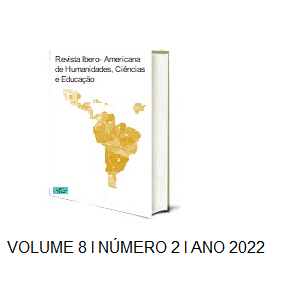INDIGENOUS HEALTH OF THE XAVANTE POPULATION IN VALE DO ARAGUAIA: ACTIONS TAKEN DURING THE CORONAVIRUS PANDEMIC IN 2020
DOI:
https://doi.org/10.51891/rease.v8i2.4104Keywords:
Dsei Xavante. Indigenous health. Health care. Coronavirus.Abstract
The Intermediate Geographic Region of Barra do Garças in Mato Grosso, better known as the "Araguaia Valley", lies between two rivers; on the east side, the Araguaia River and, on the west side, the Xingu River, is home to one of the largest indigenous populations in the country, the Xavante. During the coronavirus pandemic in Brazil in the year 2020, both this indigenous population and many others in the country were in a state of vulnerability, so the federal government was activated through its executive agencies to act more rigorously in these communities. This article analyzes the actions that were developed to assist the Xavante populations through the Dsei Xavante, it was articulated in three analytical conditions, to demonstrate how were the forms of assistance used by this body during the pandemic of coronavirus in the year 2020. We conclude that there was no negligence on the part of the public agents who work in the public health assistance agency for indigenous people, but the precariousness of the conditions of this assistance was evident and the solidarity action of other federative entities and the local community brought a little more humanity in this period of public health in the country.
Downloads
Downloads
Published
How to Cite
Issue
Section
Categories
License
Atribuição CC BY

